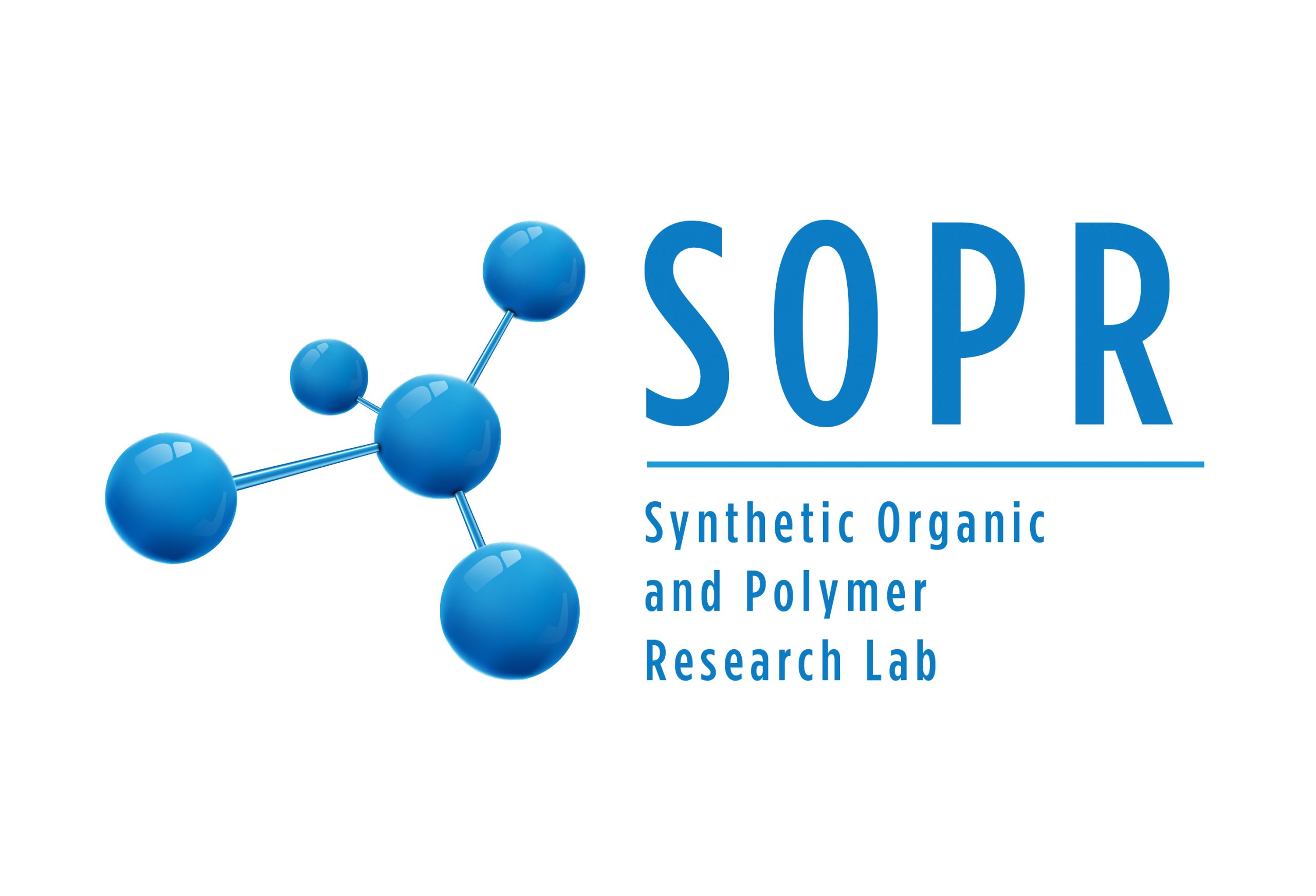Protection of enzymes with synthetic materials is a viable strategy to stabilize, and hence to retain, the reactivity of these highly active biomolecules in non-native environments. Active synthetic supports, coupled to encapsulated enzymes, can enable efficient cascade reactions which are necessary for processes like light-driven CO2 reduction, providing a promising pathway for alternative energy generation. Herein, a semi-artificial system—containing an immobilized enzyme, formate dehydrogenase, in a light harvesting scaffold—is reported for the conversion of CO2 to formic acid using white light. The electron-mediator Cp*Rh(2,2′-bipyridyl-5,5′-dicarboxylic acid)Cl was anchored to the nodes of the metal–organic framework NU-1006 to facilitate ultrafast photo-induced electron transfer when irradiated, leading to the reduction of the coenzyme nicotinamide adenine dinucleotide at a rate of about 28 mM·h–1. Most importantly, the immobilized enzyme utilizes the reduced coenzyme to generate formic acid selectively from CO2 at a high turnover frequency of about 865 h–1 in 24 h. The outcome of this research is the demonstration of a feasible pathway for solar-driven carbon fixation.
For further details, please visit: https://doi.org/10.1021/jacs.0c07784


